A Review of The Old Town Penobscot 174
We hear and see so much about kayaks and kayak fishing these days. Undeniably, kayaks have certain advantages- they’re small, they’re very portable, and when you’re in a solo kayak there is no compromise. You can do exactly what you want, whenever you want to do it.
Canoes seem to have been left behind in all this. This really is too bad, because canoes have some advantages, too. You can stand up sometimes, to rest your butt and get a better view of the water than if you were sitting. While a bit larger than a kayak, canoes are still very portable. And they have one huge advantage over a kayak when it comes to long trips- they have a much larger load capacity.
Another advantage of the canoe if you’re a shallow water fisherman is that you can stand and pole it. I spent quite a bit of time on the trip described below standing and poling the vessel with a ferruled two-piece 14 foot Moonlighter push pole. It works wonderfully well!
Five of us just made a 160-mile paddle along the full length of Florida’s Indian River Lagoon. Three of the participants were in canoes. Two were in kayaks. Before the trip started I wondered how the kayakers would carry all the gear they needed for a trip of that length.
It didn’t take me long to find out. They kayakers lived on freeze-dried food, ramen noodles, cookies, and cliff bars. The canoeists ate real food- apples and oranges, fresh vegetables, cookies (of course!), and cooked our real food on stoves, double burner Colemans. We shared our food with the kayakers, of course.
My friend Rodney Smith and I were in an Old Town Penobscot 174. We pushed it along with paddles made by Bending Branches. I expected to be lagging behind the other paddlers but was pleasantly surprised to discover we could out-paddle every other boat on the trip with the exception of Mim’s Epic kayak, a superbly designed little vessel built for speed.
No way could Mim’s Epic carry a load like we had.
The Penobscot was, shall we say, heavily loaded. It’s rated for a 1500 pound capacity. I believe it would handle that load easily. Throughout our trip it paddled and handled like a dream.
Old Town builds this boat in a Royalex version and a polypropelene version. To the casual observer they are identical. The Royalex boat weighs 65 pounds, the poly vessel 83. There’s an $800 price difference, though- a hefty $50 a pound.
If frequent portages were a consideration, the extra money would be well spent.
Here in Florida I’d use the difference to get good paddles- the already mentioned Bending Branches. In the stern I used a Sunburst ST. I’ve been paddling a long time and have used a lot of different paddles. This is the best ever. In the bow Rodney used a vintage Bending Branches bent shaft paddle that he likewise said was the best one he had ever used.
Both of us were extremely pleased with both the boat and the paddles. If we were to do it again, we would do it exactly the same way. The boat and the paddles are made for each other.
So ends a review of the Old Town Penobscot 174 and the Bending Branches Sunburst ST.
John Kumiski
www.spottedtail.com
All content in this blog, including writing and photos, copyright John Kumiski 2014. All rights are reserved.

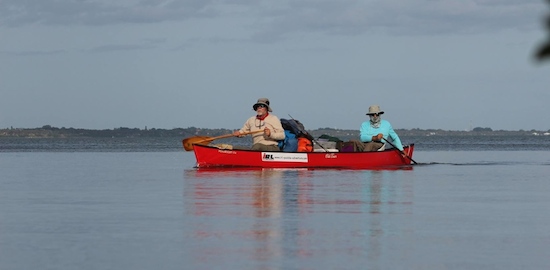
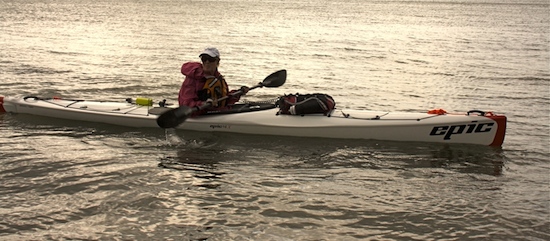
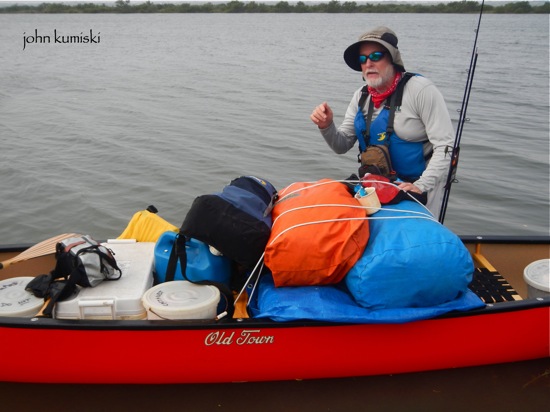
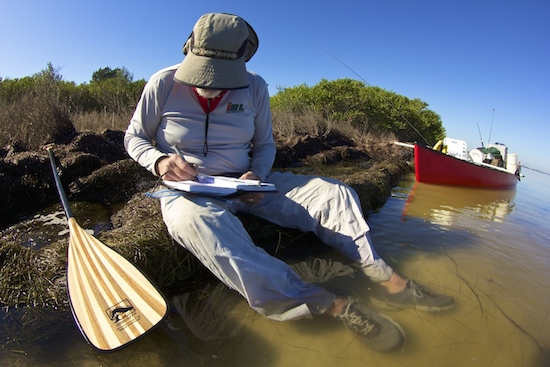
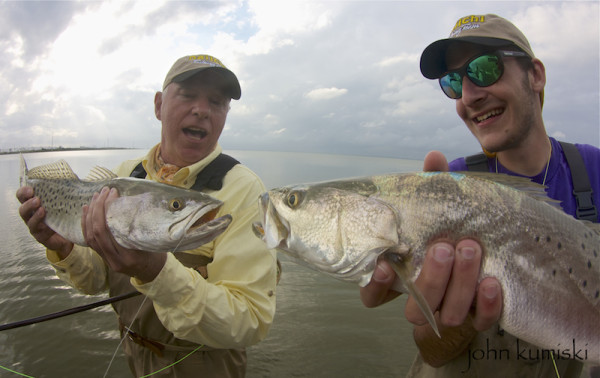
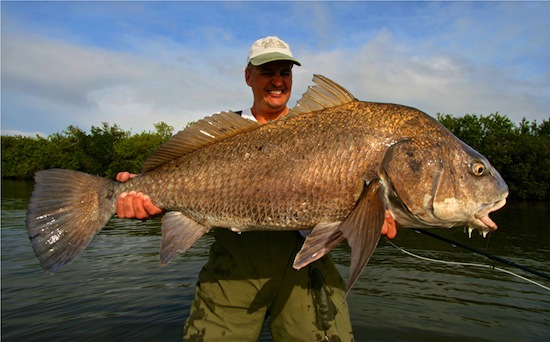

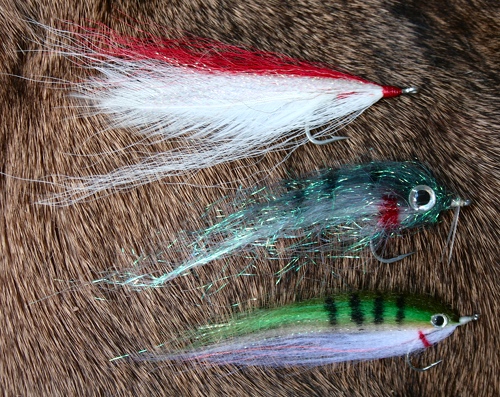
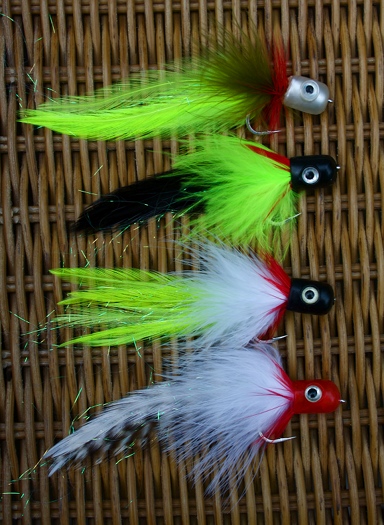
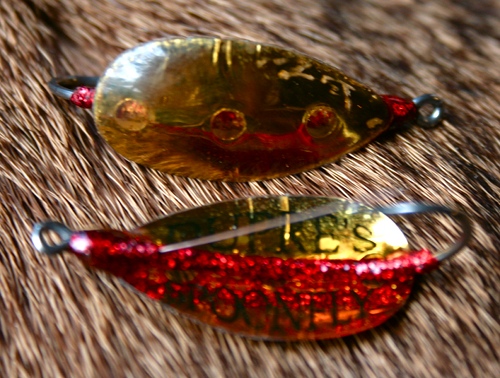
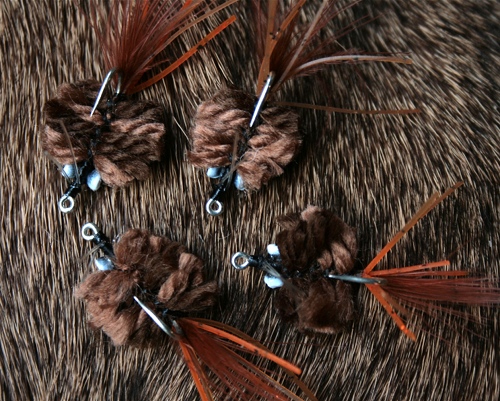
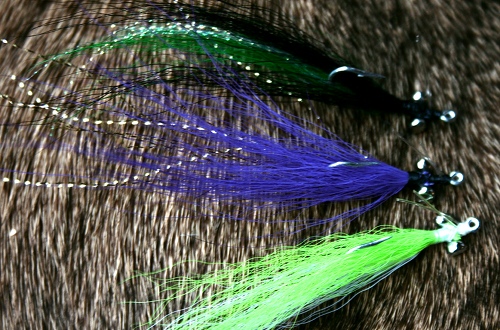
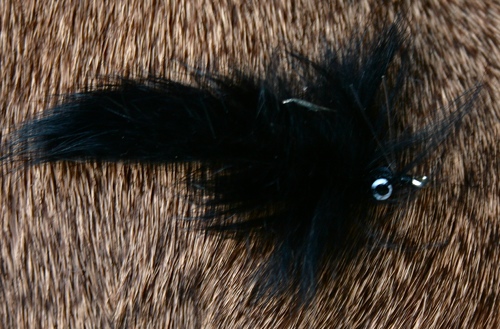
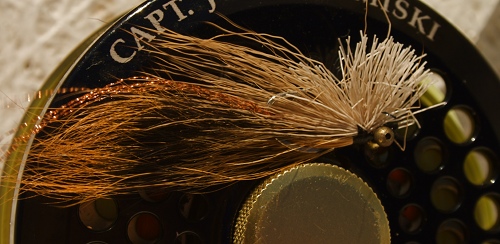
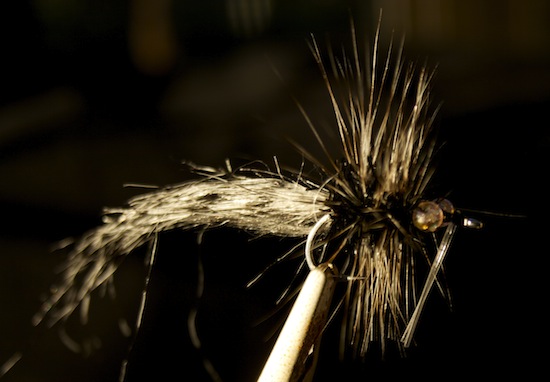
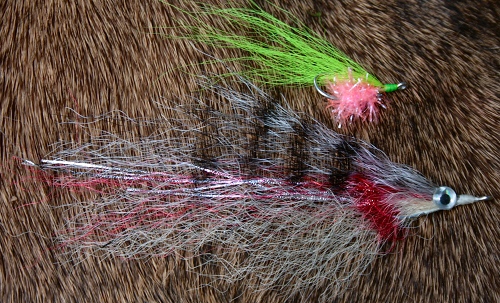
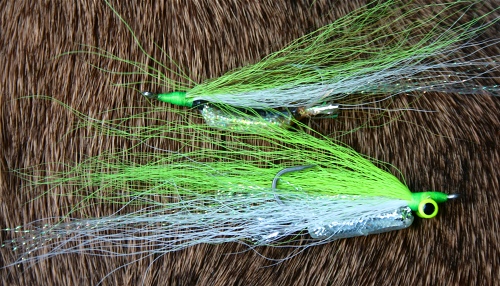
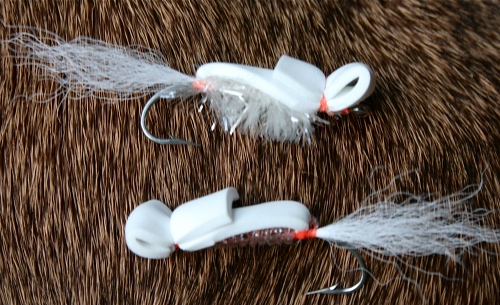
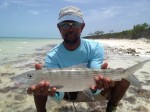
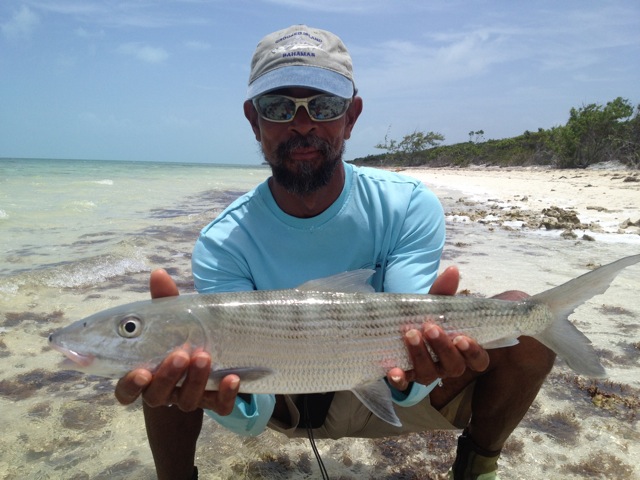

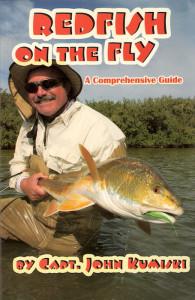
Recent Comments